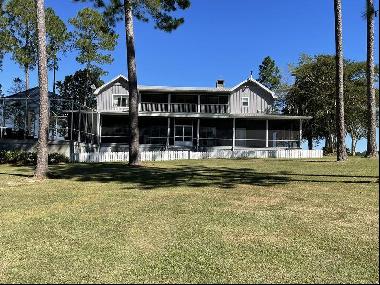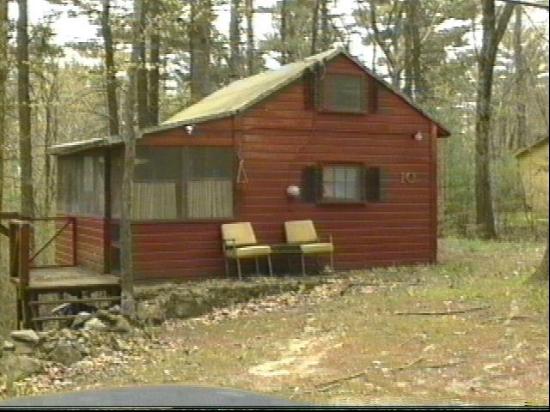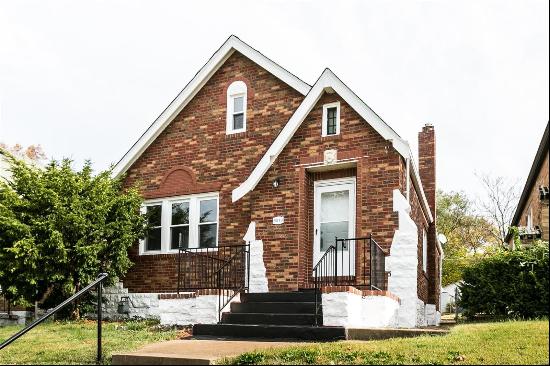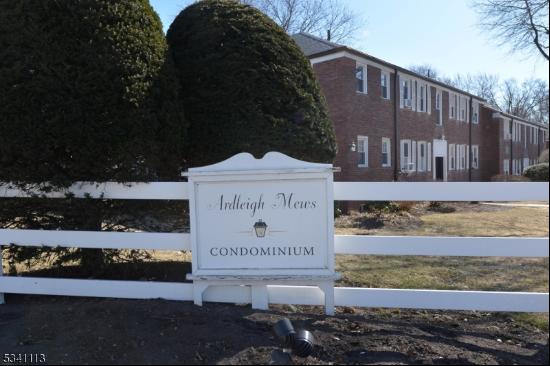
By Dinah Brooke
I have always fancied living in a cave. Not like a monk, sitting in the lotus position and meditating all day, more like the old Zen poets who would pop down to the local village, share a few jugs of saké and stagger home under the full moon. With just one robe and a bowl, there would be nothing to tidy, and kind people from the village would bring me food, so there would be no shopping, cooking or washing up — perhaps just a trip to the local stream to rinse my bowl.
I wouldn’t have to build anything, either — a cave generously offers ready-made shelter. You have a whole mountain to protect you, not just some flimsy edifice of bricks and mortar, and it has the added appeal of being wonderfully permanent.

I once worked out that I had lived in 17 different houses and gone to 12 schools by the time I was six. My mother and I spent several years during the second world war following my father from one RAF base to another. He was teaching other young men how to drop bombs on Germany, and we stayed in a lot of depressing boarding houses and rented flats, my mother struggling to feed us with one egg a week each and not much of anything else.
In contrast to that, I want all my needs catered for, but a set up like Downton Abbey wouldn’t work. My cave would be like a womb — everything would be provided for me, but I would have no choices to make, and there would certainly be none of the everyday work of keeping myself fed and watered. There would also be no furniture or cutlery (I remember when I first went to India; people managed just as well without), and no shelves or cupboards, so no need to make any of the exhausting decisions about where to put things (I have never understood the idea of “a place for everything and everything in its place”).

A good model for this womblike home would be the partisan’s cave in For Whom The Bell Tolls — Ernest Hemingway’s classic novel set in 1937 about the Spanish civil war, which was made into a film in 1943 with Gary Cooper and a young Ingrid Bergman. Food and wisdom are provided by the wonderful female leader of the group, Pilar, and Bergman, who plays María, the lover of Cooper’s Robert Jordan, tidies and cleans up (this is 1937, remember). Cooper might be getting on a bit, but the bearded Spanish Republicans provide plenty of macho energy, and when I want some solitude I can send them off to blow up a bridge.
I think I could be very happy in my cave, enjoying the view and pondering the meaning of life. I could even paint pictures on the walls, which I couldn’t do in the original womb (sorry Mum!). At the very least, the bombs wouldn’t be able to get me.
Dinah Brooke is the author of ‘Lord Jim at Home’, first published in 1973. It will be available in a new edition with a foreword by Ottessa Moshfegh from Daunt Books in October 2023
Photography: Allstar Picture Library/Alamy; Getty Images




















